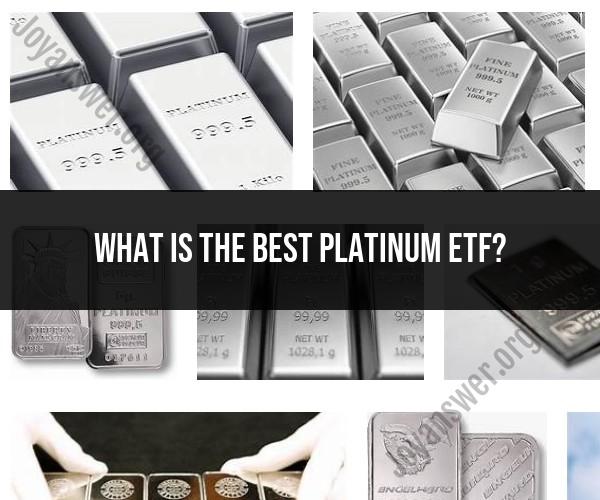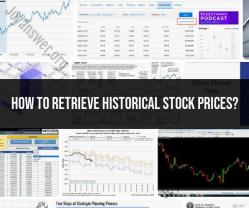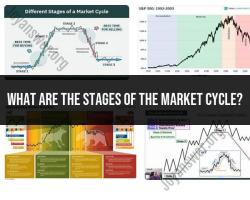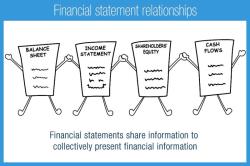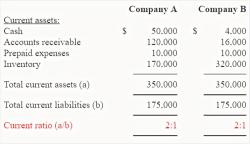What is the best Platinum ETF?
Determining the "best" Platinum ETF depends on your specific investment goals, risk tolerance, and preferences. Several Platinum ETFs are available, each with its own set of features, expenses, and tracking methodologies. Here are a few popular Platinum ETFs to consider, but it's important to conduct your own research to determine which one aligns best with your investment strategy:
Aberdeen Standard Physical Platinum Shares ETF (PPLT):
- This ETF physically holds platinum bullion in a vault.
- It offers exposure to the price of platinum.
- Expense ratio: Typically higher due to the costs associated with storing physical platinum.
GraniteShares Platinum Trust (PLTM):
- Similar to PPLT, this ETF holds physical platinum.
- Offers exposure to the price of platinum.
- May have a lower expense ratio compared to PPLT.
ETFS Physical Platinum Shares (PPLT):
- Another ETF that holds physical platinum.
- Provides exposure to the price of platinum.
- Expense ratio may vary.
VelocityShares 2x Long Platinum ETN (LPLT):
- This is a leveraged ETN (Exchange-Traded Note) that aims to provide twice the daily return of platinum futures contracts.
- Offers magnified exposure to platinum price movements.
- Suitable for investors seeking leveraged exposure but involves higher risk.
UBS ETRACS CMCI Long Platinum Total Return ETN (PTM):
- This ETN is linked to the performance of platinum futures contracts.
- Offers exposure to the price of platinum with a total return component.
- Important to understand the structure and features of ETNs before investing.
When evaluating Platinum ETFs, consider the following factors:
Expense Ratio: Look at the annual expense ratio, as lower fees can have a significant impact on your returns over time.
Tracking Methodology: Understand whether the ETF physically holds platinum or uses futures contracts to track the metal's price. This can affect costs and tax treatment.
Liquidity: Consider the average trading volume and bid-ask spread. ETFs with higher liquidity tend to have lower spreads and are easier to buy and sell.
Tax Considerations: Different ETF structures may have different tax implications. Consult with a tax advisor if needed.
Leverage: Be cautious when considering leveraged or inverse ETFs, as they involve higher risk and are typically intended for short-term trading.
Historical Performance: While past performance is not indicative of future results, reviewing an ETF's historical performance can provide insights into its tracking accuracy.
Before investing in a Platinum ETF, it's crucial to have a clear investment strategy, risk management plan, and an understanding of the factors that can impact the price of platinum. Additionally, consider consulting with a financial advisor who can provide personalized guidance based on your specific financial situation and goals.
Platinum ETFs are a popular way to invest in platinum, a precious metal that is used in a variety of industries, including jewelry, electronics, and automotive manufacturing. Platinum ETFs offer investors a number of advantages, including:
- Liquidity: Platinum ETFs are traded on major exchanges, making them easy to buy and sell.
- Diversification: Platinum ETFs can help investors to diversify their portfolios by providing exposure to a different asset class.
- Convenience: Platinum ETFs are a convenient way to invest in platinum without having to purchase and store physical platinum.
Here are some factors to consider when choosing a platinum ETF:
- Expense ratio: The expense ratio is the annual fee that is charged to investors to cover the costs of managing the ETF. Lower expense ratios are better.
- Tracking error: The tracking error is a measure of how closely the ETF tracks its underlying index. Lower tracking errors are better.
- Liquidity: Liquidity is a measure of how easily the ETF can be bought and sold. ETFs with higher trading volume tend to be more liquid.
- Asset size: Asset size is the total amount of money invested in the ETF. Larger ETFs tend to be more stable and have lower tracking errors.
Here are a few of the most popular platinum ETFs:
- abrdn Physical Platinum Shares ETF (PPLT)
- GraniteShares Platinum Trust (PLTM)
- iShares MSCI Global Metals & Mining Producers ETF (PICK)
These ETFs all have low expense ratios, track the same underlying index, and have high trading volume. They also have large asset sizes, which makes them relatively stable.
Ultimately, the best platinum ETF for you will depend on your individual needs and preferences. Consider factors such as the expense ratio, tracking error, liquidity, and asset size when making your decision.
Here are some additional tips for investing in platinum ETFs:
- Do your research: Before investing in any ETF, it is important to do your research and understand the risks involved. Platinum ETFs are subject to market risk, so it is important to have a long-term investment horizon.
- Diversify your portfolio: Platinum ETFs can be a good way to diversify your portfolio, but it is important to avoid putting all of your eggs in one basket. Consider investing in a variety of ETFs, including ETFs that track different asset classes and different industries.
- Rebalance your portfolio regularly: It is important to rebalance your portfolio regularly to ensure that it still meets your investment goals and risk tolerance. This may involve buying and selling ETFs to maintain your target asset allocation.
